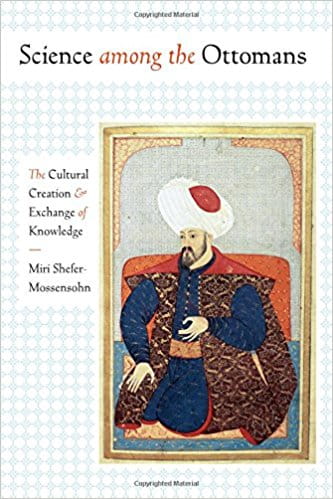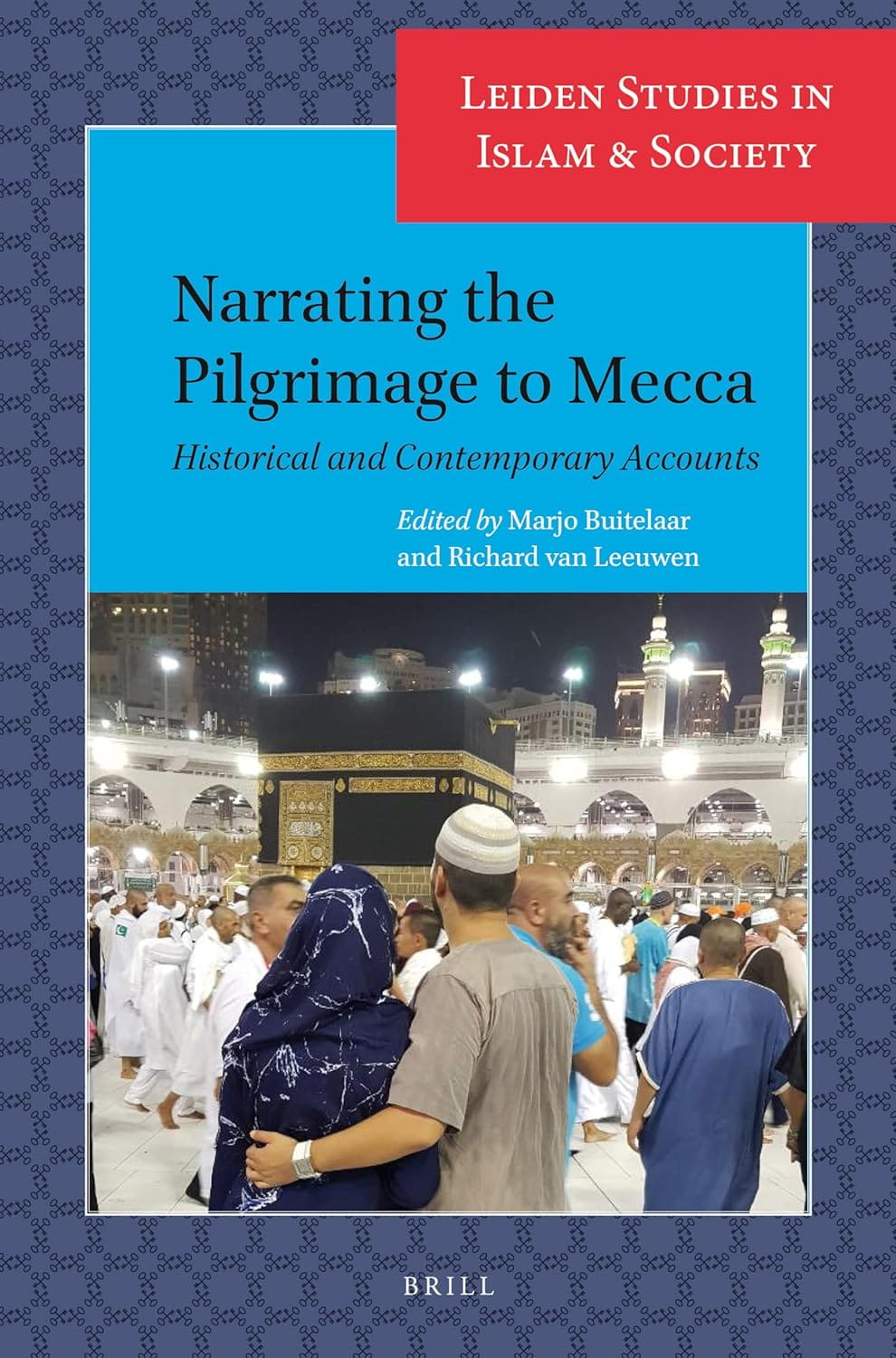
Science among the Ottomans: The Cultural Creation and Exchange of Knowledge
David W. Tschanz
Miri Shefer-Mossensohn
2015, University of Texas Press, 978-1-47730-359-7, $55 hb.
Historians have long argued that the Ottoman Empire failed to grow scientifically and technologically after the medieval Islamic Golden Age. Innovation was not encouraged, leading to stagnation. Miri Shefer-Mossensohn challenges this perception by comprehensively examining the role of science and learning in Ottoman culture. While not the most creative, the Ottomans were masters of adaptation, turning the inventions of others to their own needs and improving on them. By 1877, for example, they had built a transcontinental telegraph system that “brought a communications revolution throughout the empire,” and early in the 20th century they inaugurated the Hijaz Railway, which connected Damascus and Madinah. Absent, however, is a deeper examination of how Ottoman science came to focus more on importing and adapting technologies than on building the research framework to nurture a culture of innovation.
You may also be interested in...

Editor Challenges Readers To Witness Islamic History Sans the Modern Lens In New Book
In 1516, Ottoman Sultan Selim I entered Damascus clean-shaven. What followed changed Arab-Turkish relations for 400 years.
Essays Unpack the Evolving Hajj and Umrah Experience
This volume of essays juxtaposes historical first-hand narratives of Hajj and Umrah journeys with oral interviews of contemporary pilgrims to show the transformative power of storytelling.